Using data from NASA’s Transiting Exoplanet Survey Satellite (TESS), astronomers at the University of Maryland (UMD), in College Park, Maryland,
Continue reading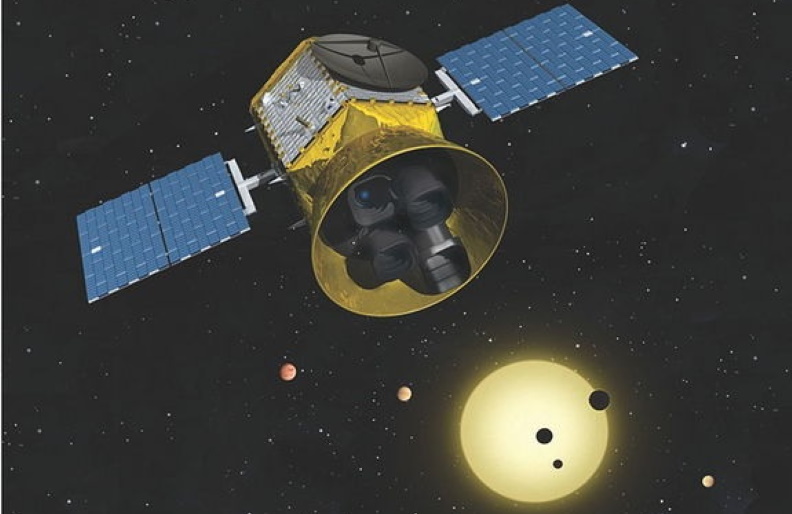

Using data from NASA’s Transiting Exoplanet Survey Satellite (TESS), astronomers at the University of Maryland (UMD), in College Park, Maryland,
Continue reading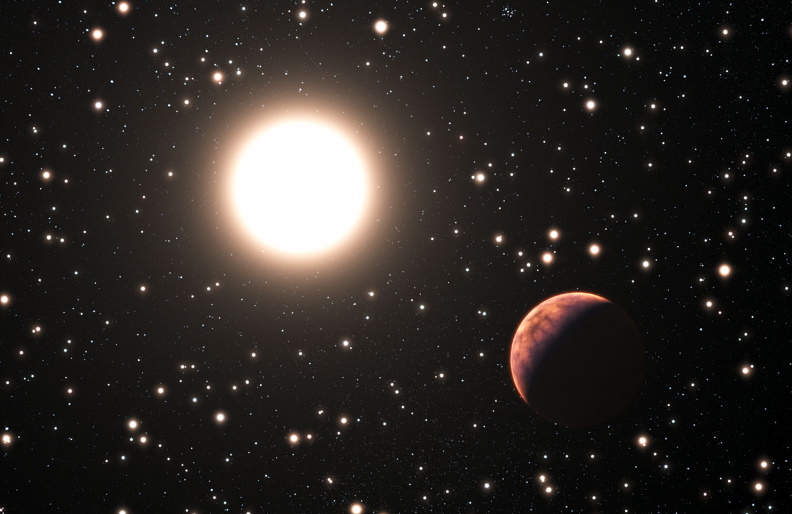
Researchers using telescopes around the world confirmed and characterized an exoplanet orbiting a nearby star through a rare phenomenon known
Continue reading
The discovery of yet another exoplanet is no longer news. More than 4,000 planets around other stars have now been
Continue reading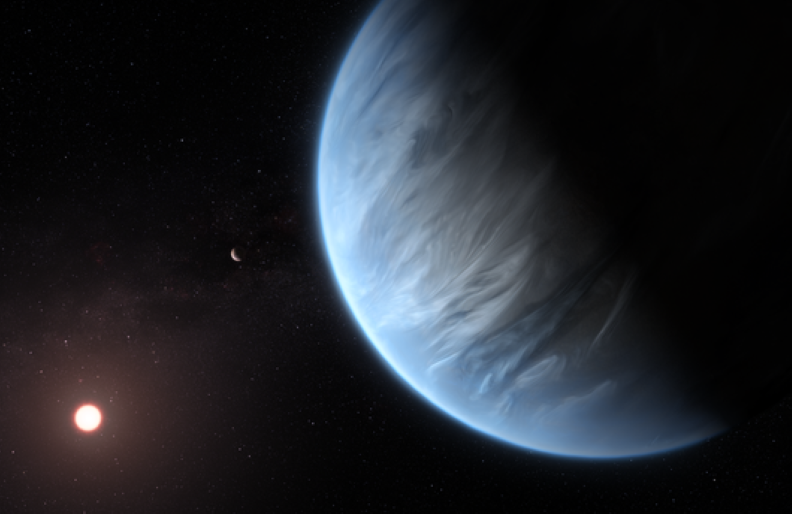
Twenty years ago, almost to the day, two competing teams of astronomers independently discovered the first known transiting exoplanet—a world
Continue reading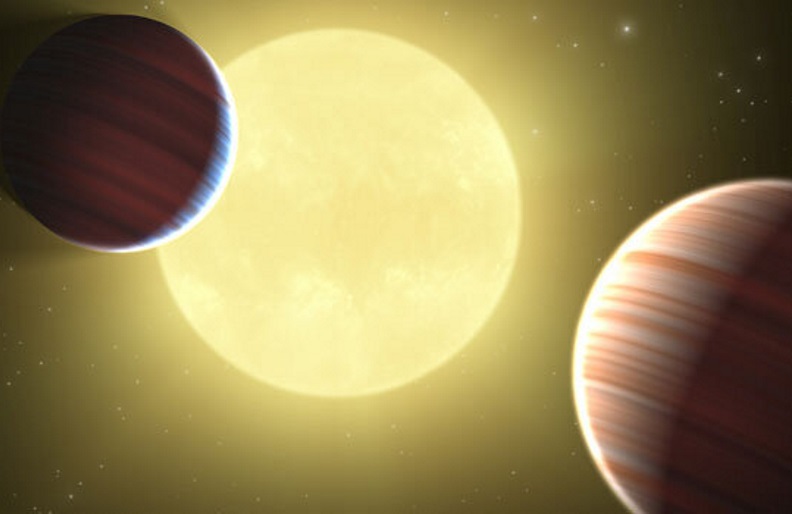
The Kepler mission and its extension, called K2, discovered thousands of exoplanets. It detected them using the transit technique, measuring
Continue reading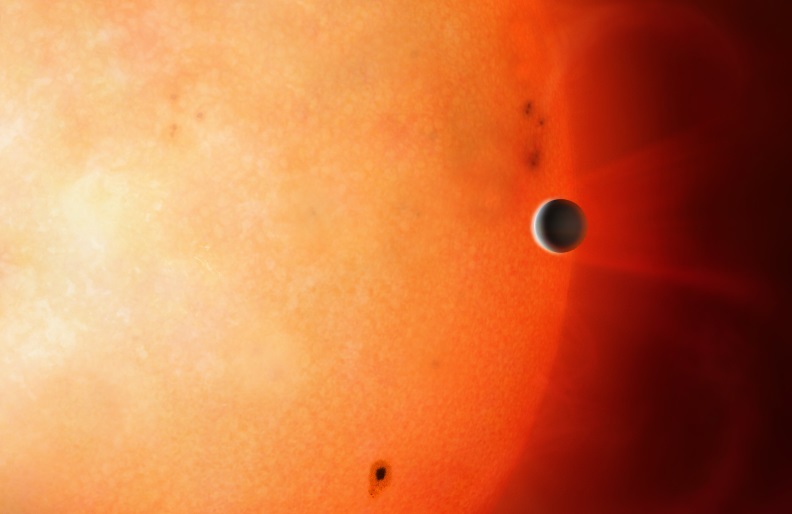
An exoplanet smaller than Neptune with its own atmosphere has been discovered in the Neptunian Desert, by an international collaboration
Continue reading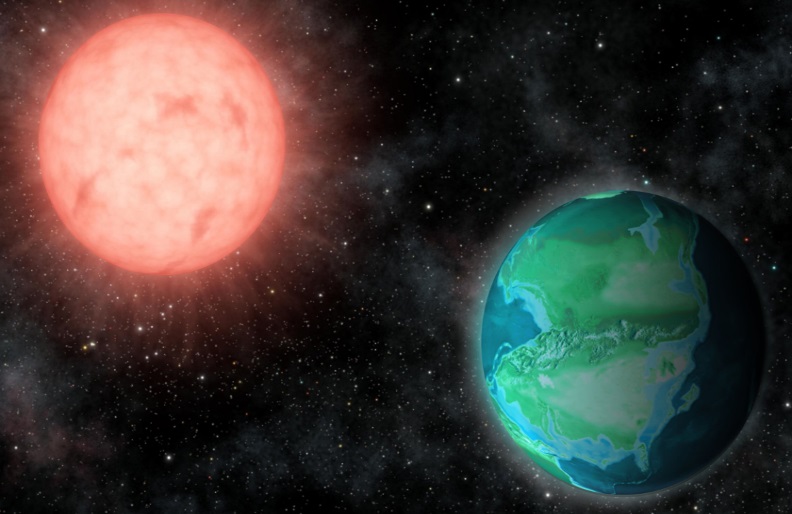
A few decades ago, we didn’t know if there were any planets outside our solar system. Thanks to advances in
Continue reading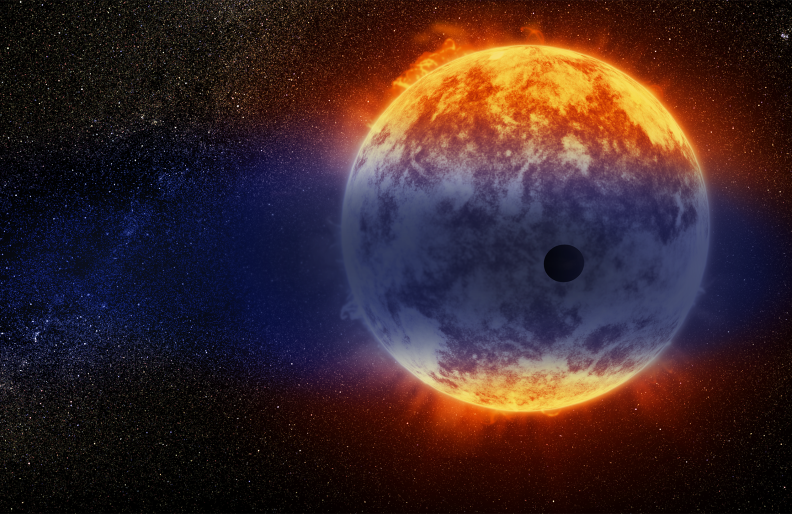
Fishermen would be puzzled if they netted only big and little fish, but few medium-sized fish. Astronomers likewise have been
Continue reading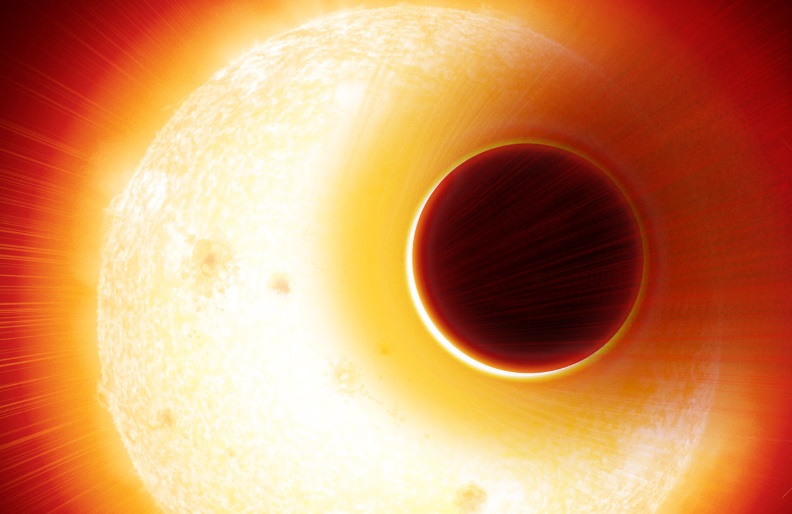
Astronomers have discovered a distant planet with an abundance of helium in its atmosphere, which has swollen to resemble an
Continue reading
A Southwest Research Institute scientist is using big data to help the scientific community characterize exoplanets, particularly alien worlds orbiting
Continue reading
Thanks again, Hubble. For the first time, scientists have detected water molecules “glowing” around a planet outside our Solar System,
Continue reading